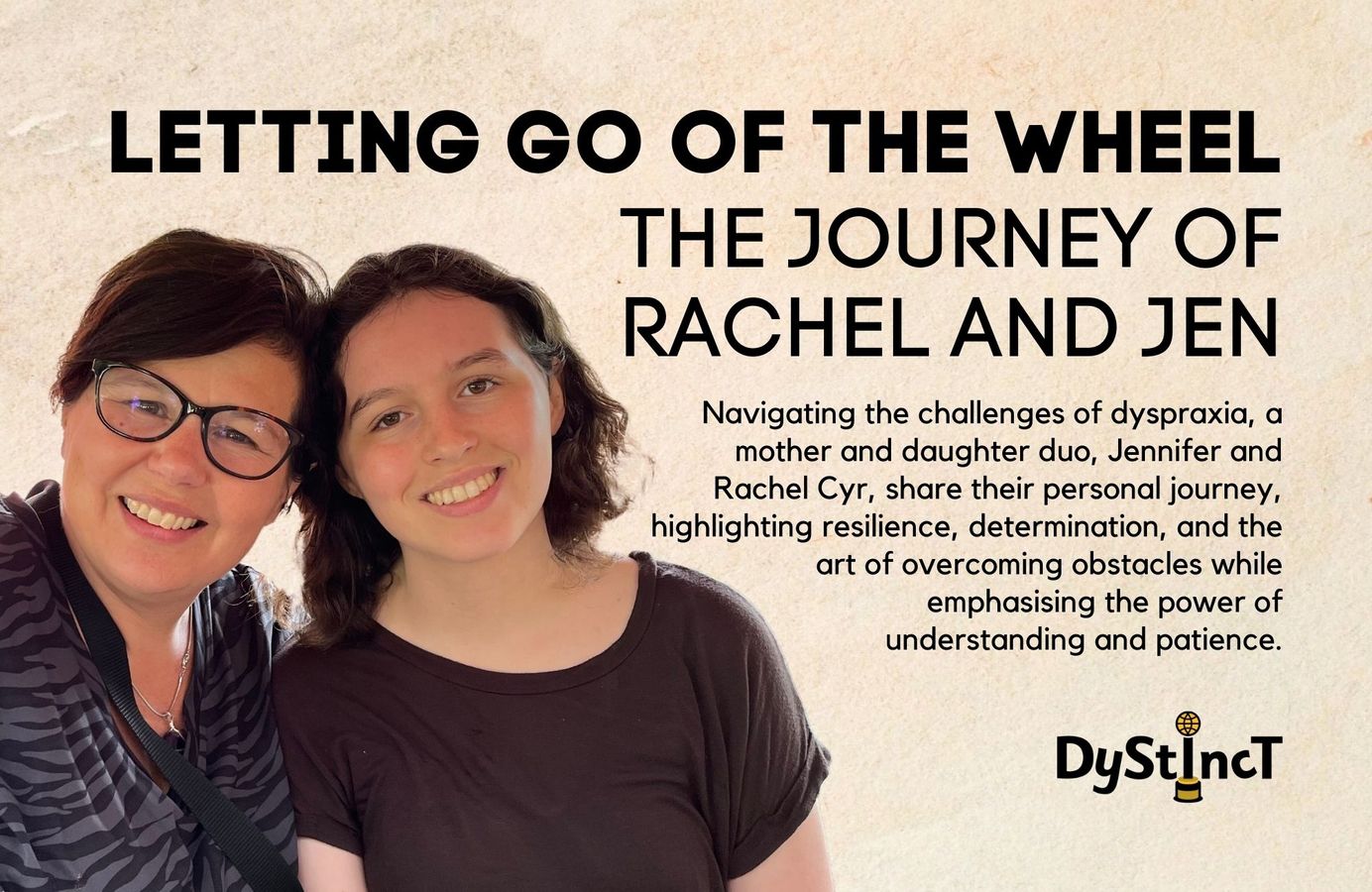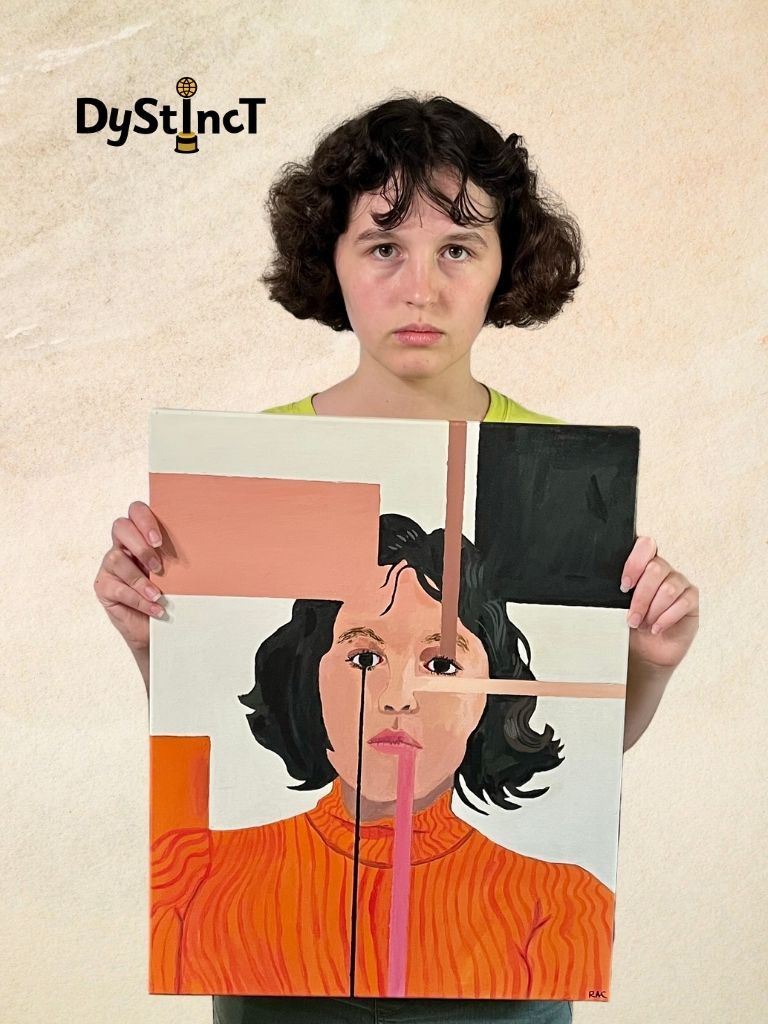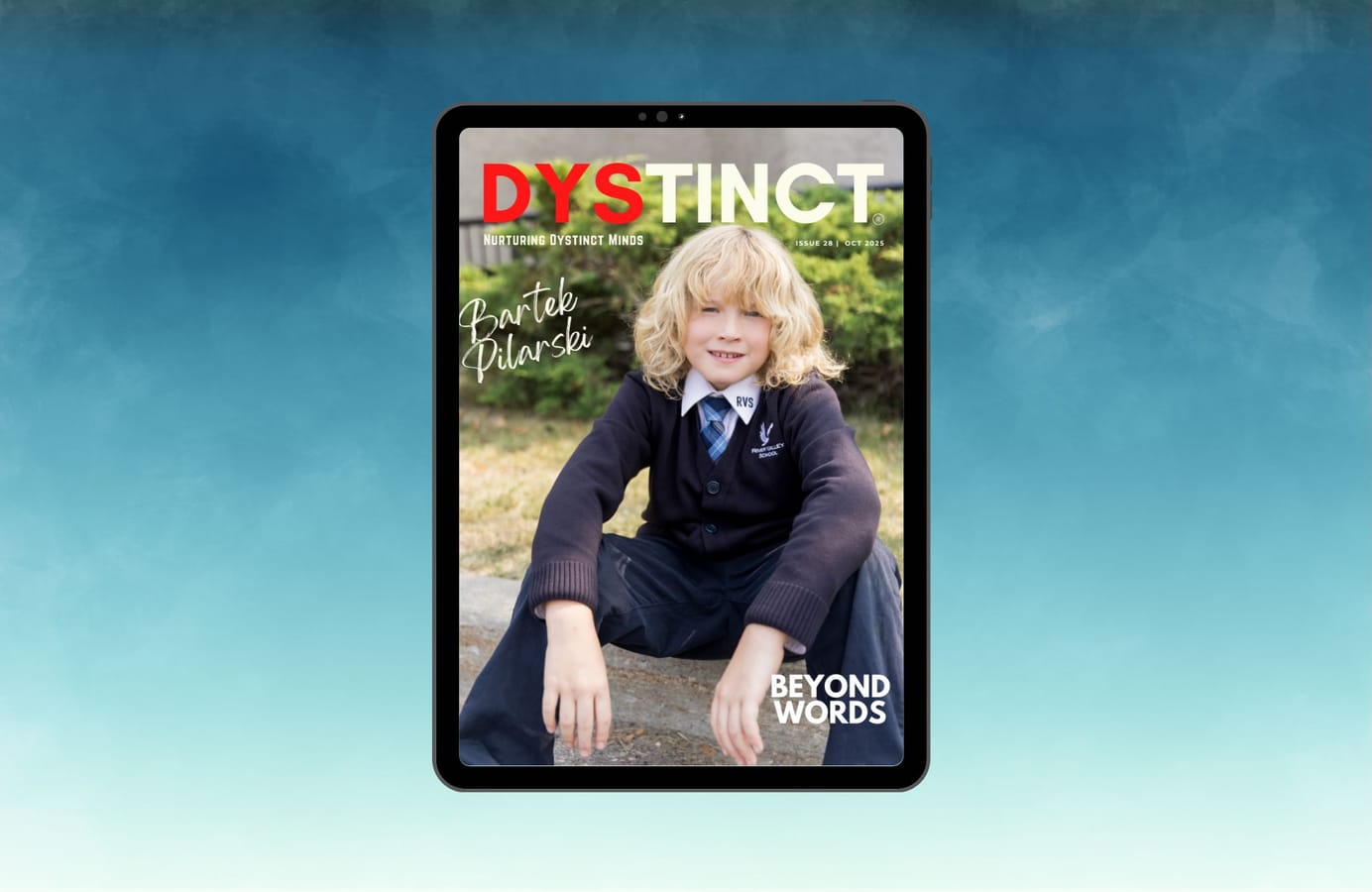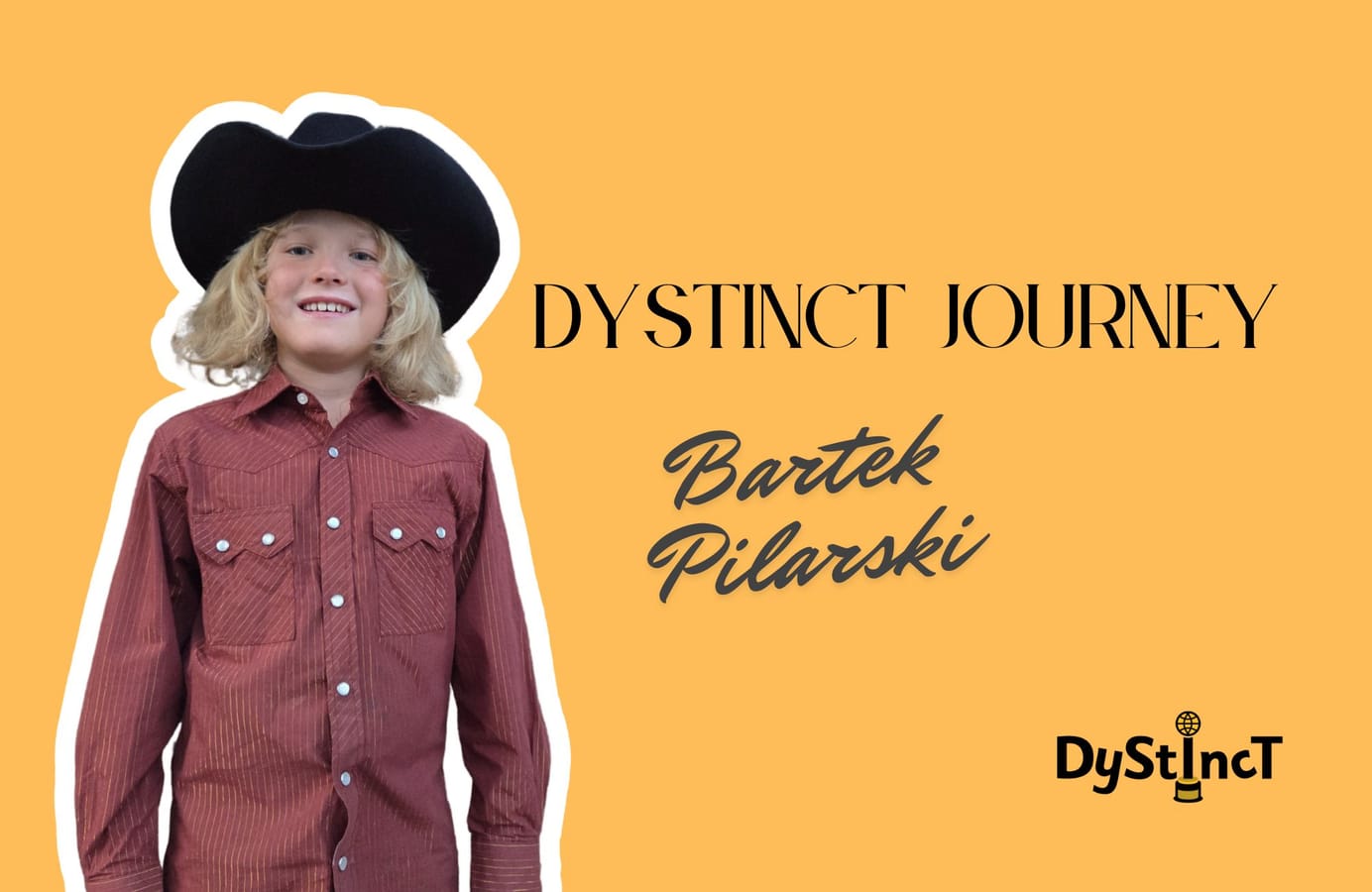
Issue 17: Letting Go of the Wheel: The Journey of Rachel and Jen
Navigating the challenges of dyspraxia, a mother and daughter duo, Jennifer and Rachel Cyr, share their personal journey, highlighting resilience, determination, and the art of overcoming obstacles while emphasising the power of understanding and patience.
Developmental coordination disorder (DCD) is a condition defined by impairment of motor coordination that interferes with a person’s academic achievement and/or activities of daily living. Problems associated with DCD can include challenges with dressing, tying shoes, riding a bike, handwriting, play skills, and engagement in social activities. - Zwicker et al., 2012

I am riding shotgun as Rachel is driving us to Waterboro, Maine, in the Northeastern U.S.A. We are pushing our way through hour nine of the 70-hour practice requirement leading up to her driver’s license test. Rachel has her eyes on the road and is focused on following the speed limit. She is singing along with Freddy Mercury, a strategy that I know keeps her anxiety in check. She has a great voice and sings with convincing expression, “Having a good time, having a good time. . .”
I am practicing my favorite mindfulness strategies: taking and releasing slow, deep breaths, monitoring our surroundings, and providing coaching tidbits. This part of Route 202 is straight, and the driving is easy. I use my most neutral teacher voice when I urge her to get a little closer to the center line on the road. My husband had taken Rachel driving before but backed away from the task after a frightening left turn made him gasp and swear out loud in a way that was hard for Rach to shake off. Driving with Rachel is now solely my responsibility, and in this moment, I recognize that her mastery of this skill is critical to her (and my) survival.
Rachel is a person with dyspraxia, sometimes called Developmental Coordination Disorder, or DCD. Dyspraxia is a neurological difference that affects things like visual-spatial processing, motor planning, and hand-eye coordination. There are other conditions that frequently go hand in hand with dyspraxia. Rachel’s comorbidities are dyscalculia, ADD, and dysgraphia. None of these things stop her from doing what she wants to do.

Motor tasks, like driving, are a little more difficult for her than they are for most people. Rachel is her own best teacher, and she learns from repetition and practice. Her artistic ability is a testament to that fact. She has a uniquely creative mind and is a true outside-the-box thinker. In order to bring her drawings, paintings, stickers, and pottery to life, Rachel spends the bulk of her free time in her chaotic bedroom studio, listening to music and creating things over and over again until they take the form that she has visualized. I am her mom and am prone to admiring everything about my children, but Rachel’s work ethic leaves me awestruck. I am a true fan and see the pieces born of her efforts as a form of art where effort is the key medium. The paintings are good, but the feelings they evoke in her patrons come from knowing what it took to bring them into being. These feelings make me fiercely protective of her work. When she is passed over for some recognition or small honor at school, I feel defensive to the point of wanting a confrontation because they should see what I see every day. Rachel works harder than most students, and the rewards for her labors are mainly intrinsic. She accepts this, and I should learn to do so, but the feelings that come with being her mom are powerful.
Rachel is her own best teacher, and she learns from repetition and practice.
Rachel was diagnosed with dyspraxia in grade 4 when complex multiplication was introduced, and I subsequently noticed her struggles with basic computation. She had other symptoms, which we had overlooked, thinking they were just insignificant quirks. For example, she usually preferred to play alone, liked to talk and act out stories aloud, and struggled with letter formation and the organization of personal spaces. Her teacher suspected high-functioning autism; I suspected ADD and dyscalculia.
I am a reading specialist and had monitored her reading ability from preschool, so reading was never a concern. I needed better information to figure out what was going on with her learning.

I made an appointment with a local neurologist, who recorded my 9-year-old’s developmental history, gave her a few assessments, and informed me that Rachel had neither autism nor ADD (later discovered) but dyspraxia. I’d been teaching for more than a decade and had never heard of it. A quick internet search turned up a few articles from British, Canadian, and Australian publications. I learned that a few famous people share the condition, including Daniel Radcliffe, of the Harry Potter films, and Albert Einstein. Most people with the diagnosis are males. Comorbidities are common and may interfere with the diagnosis and treatment of dyspraxia. There is no cure for dyspraxia, but treatment, specifically occupational therapy, can improve everyday functioning.
This post is for paying subscribers only
SubscribeAlready have an account? Log in


